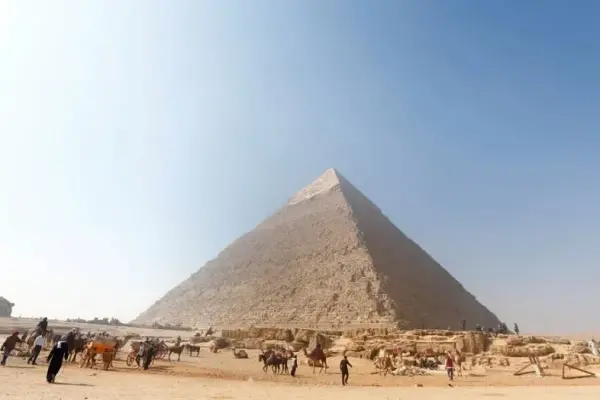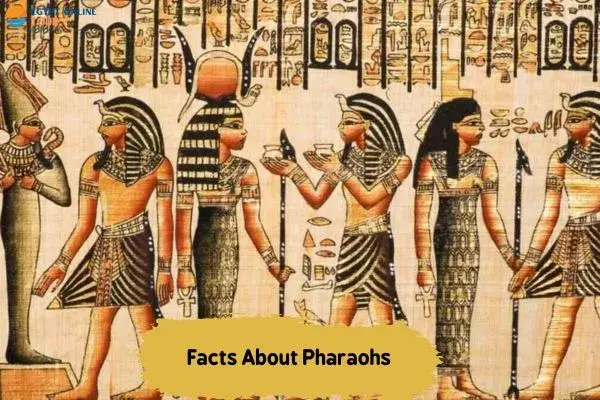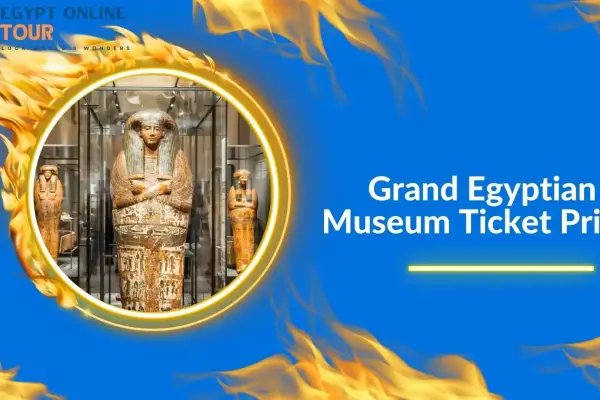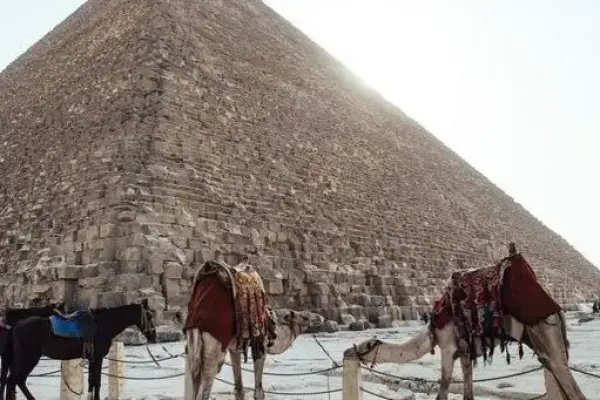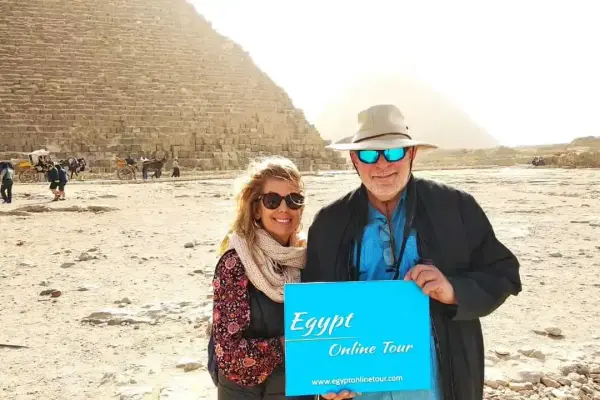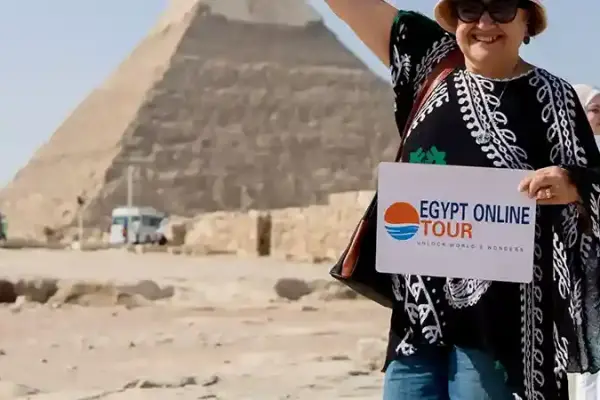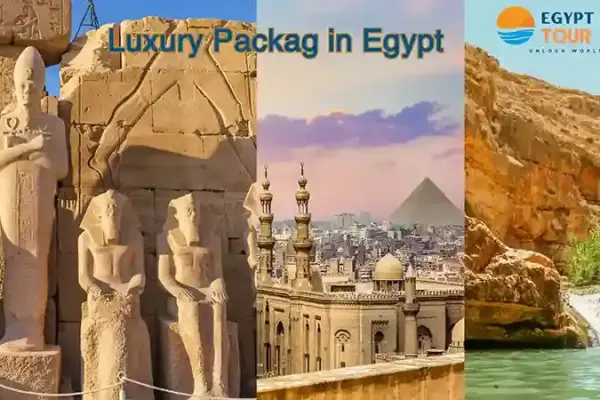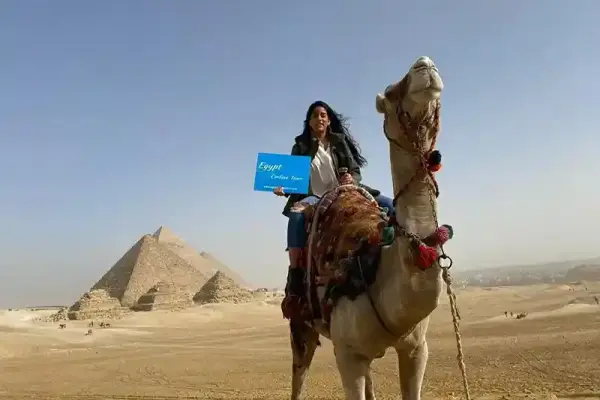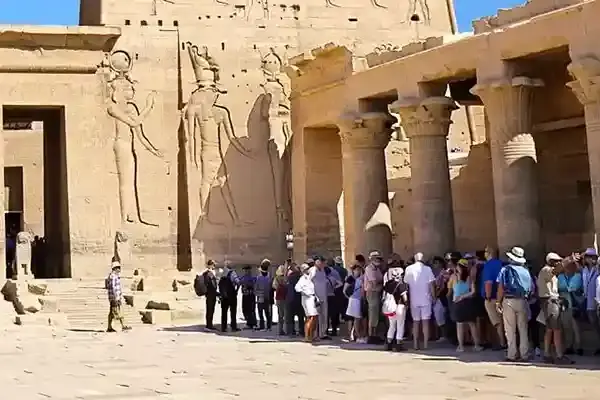The pharaohs of ancient Egypt were more than just kings; they were living gods, architects of some of the world's most enduring monuments, and the center of a civilization that continues to captivate us today. From their legendary power to their elaborate rituals and mysterious mummies, their stories are filled with intrigue. This article will take you on a journey through history, culture, and mythology to uncover fascinating facts about pharaohs. Whether you're planning a trip to Egypt or simply curious about its past, you'll find plenty to fuel your imagination.
Table of contents [Show]
- Facts About pharaohs
- Historical Facts about pharaohs
- Cultural Facts About pharaohs
- Surprising Facts about pharaohs
- Fun Facts About pharaohs
- Unbelievable Facts About pharaohs’ Tombs
- Interesting facts about pharaohs’ Legacy
- Egypt Online Tour: Your Gateway to Ancient Wonders
- Conclusion
Facts About pharaohs
The pharaohs of ancient Egypt were more than just rulers; they were the central figures of a civilization that spanned over three millennia. Their legacy is a tapestry of history, myth, and human ingenuity, influencing everything from religion to art and architecture.
As living gods on Earth, the pharaohs held absolute authority, serving as both political leaders and divine mediators between the people and the gods.
Our journey into the world of the pharaohs will uncover a wealth of information, from their origins to their lasting impact. You will learn about:
- Their historical timeline, from the unification of Egypt to the death of Cleopatra VII.
- The cultural and religious significance of their rule.
- The surprising and fun facts that reveal a more human side to their lives.
- The mysteries and secrets of their elaborate tombs and funerary rituals.
- The enduring legacy that continues to inspire tourists and artists today.
Embark on a once-in-a-lifetime journey with the Package 15 Days 14 Nights – Egyptian Adventure Tour , where ancient wonders, desert oases, and luxury Nile cruising come together for an unforgettable exploration of Egypt’s timeless beauty
Historical Facts about pharaohs
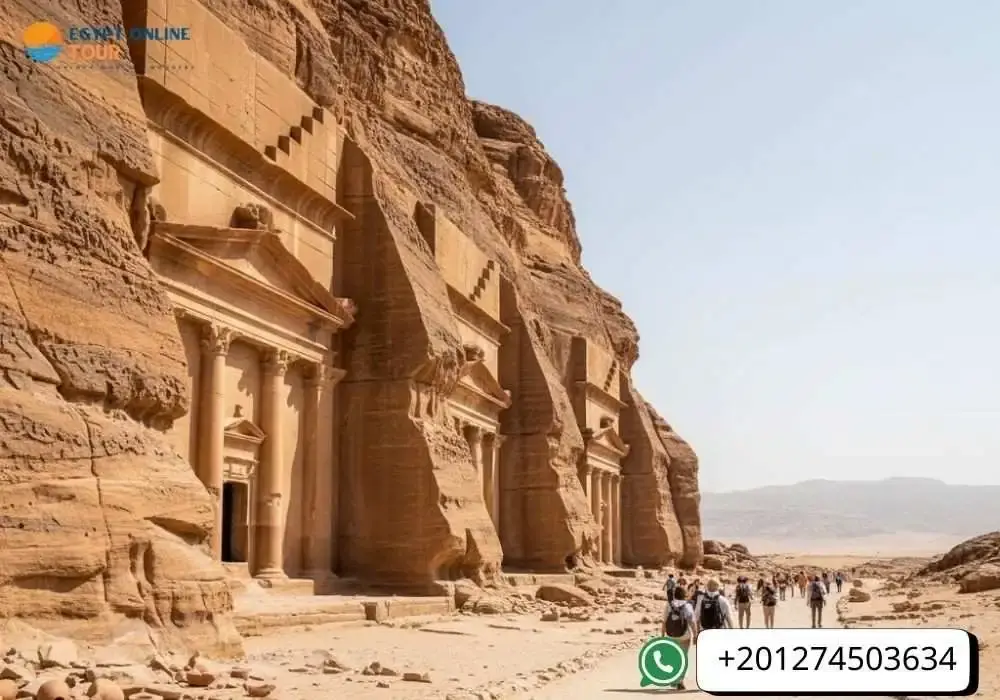
The history of pharaohs is the history of ancient Egypt itself. Their reign shaped the civilization for thousands of years, leaving behind a legacy that is still studied and admired today. Understanding their timeline provides a clear picture of how this powerful dynasty began and ultimately came to an end.
When Did Pharaohs First Appear in Ancient Egypt?
The concept of a pharaoh as the divine ruler of a united Egypt began around 3100 BCE. This is when Upper and Lower Egypt were first unified under one king, often identified as Menes (or Narmer). This pivotal event marked the beginning of the Early Dynastic Period and established the pharaoh as both a political and religious leader.
How Pharaohs Shaped Egyptian Civilization
As absolute rulers, pharaohs controlled every aspect of ancient Egyptian life. They were considered gods on Earth, and their authority was unquestionable. Their actions laid the foundation for Egypt's unique cultural identity. They were responsible for:
- Monumental Construction: Commissioning the construction of pyramids and temples.
- Economic Organization: Organizing vast agricultural projects and controlling the economy.
- Military Leadership: Leading armies in conquest to build a powerful empire.
The Last Pharaoh in History
The pharaonic era officially ended with the death of Cleopatra VII in 30 BCE. A captivating and brilliant ruler, Cleopatra was the last of the Ptolemaic dynasty to govern Egypt. Her death marked the end of Egypt as an independent kingdom and its absorption into the Roman Empire, bringing a close to more than 3,000 years of pharaonic rule.
Event | Date | Description |
Beginning of Rule | circa 3100 BCE | Unification of Upper and Lower Egypt by King Menes (Narmer). |
End of Pharaonic Era | 30 BCE | The death of Cleopatra VII, the last pharaoh of Egypt. |
Cultural Facts About pharaohs
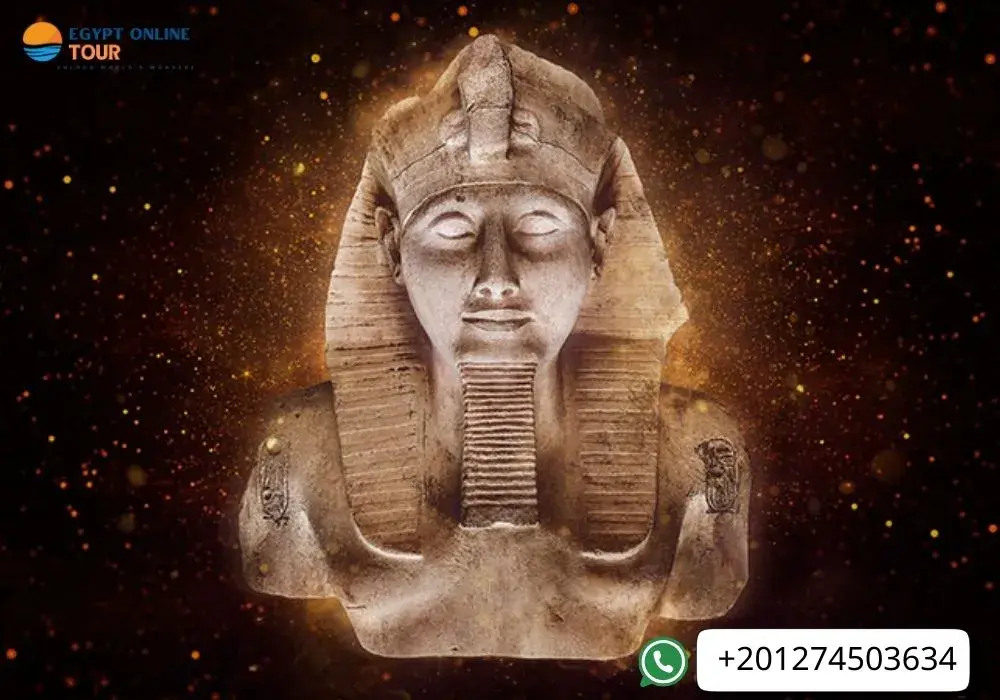
The role of a pharaoh was not just political; it was deeply ingrained in the religious and cultural fabric of ancient Egypt. They were the bridge between the human and divine worlds, responsible for maintaining the cosmic order, or Ma'at.
Pharaohs and Their Connection to the Gods
Pharaohs were considered living gods on Earth, specifically the incarnation of the god Horus. This divine connection gave them absolute authority over their subjects and the land. They were seen as the sole mediators between the gods and the people, and it was their duty to ensure that religious rituals were performed correctly to secure the gods' favor.
Religious Rituals Performed by Pharaohs
To maintain Ma'at, pharaohs performed daily rituals in temples. These rituals, which only the pharaoh could perform in the innermost sanctuaries, were vital for the well-being of the entire kingdom. The rituals included:
- Making Offerings: Presenting offerings of food, wine, and incense to the gods.
- Adorning Deities: Dressing and adorning the statues of the deities in the temple sanctuary.
- Leading Festivals: Presiding over major religious festivals and ceremonies throughout the year.
Regalia (Attire) | Symbolic Meaning |
The Double Crown | The unification of Upper and Lower Egypt. |
The False Beard | A symbol of divinity and royal status. |
The Crook and Flail | The symbols of kingship, representing the pharaoh's role as a shepherd and protector of the people. |
Dive into the mystical legacy of Amathaunta, the Egyptian goddess of water and fertility, in Egyptian Goddesses Amathaunta Facts a revealing look at her divine role in the cycles of the Nile and ancient spirituality.
The Symbolism Behind Pharaohs’ Crowns and Attire
The pharaohs' iconic crowns, headdresses, and jewelry were not merely for decoration; each item carried a powerful symbolic meaning. The most famous was the "Double Crown," combining the white crown of Upper Egypt and the red crown of Lower Egypt, symbolizing the unification of the two lands. Other regalia, such as the false beard, crook, and flail, represented their authority, dominion, and role as a shepherd of the people.
Let our local travel experts help you design the perfect itinerary. Whether you're seeking adventure, culture, or relaxation, we've got you covered!
Surprising Facts about pharaohs
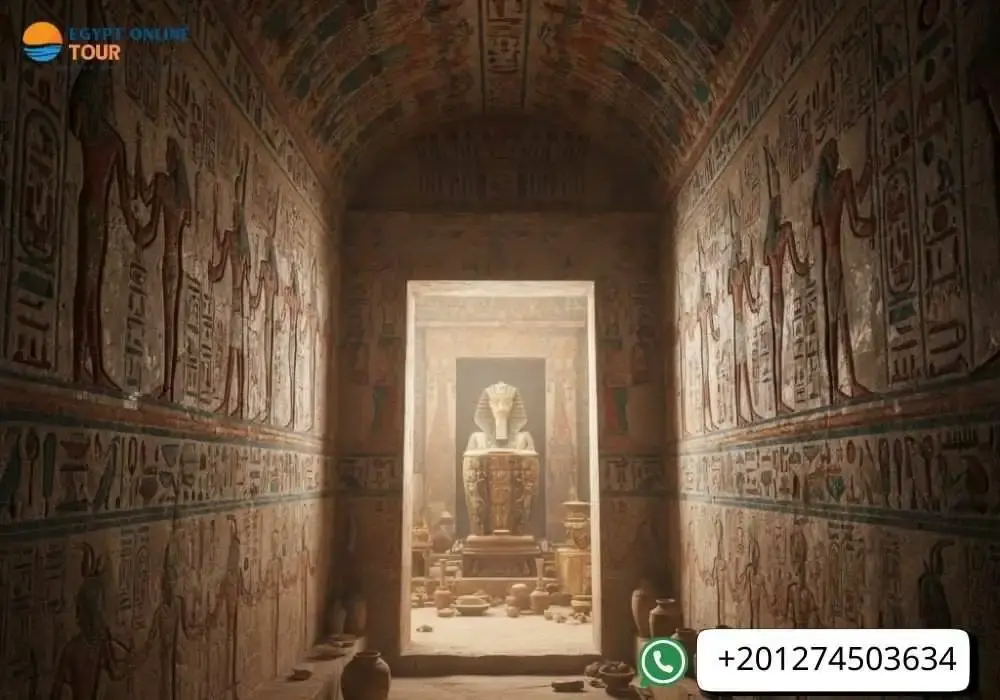
Beyond their divine status and public roles, the pharaohs had lives full of surprising details that reveal a more human side to their ancient existence. These facts challenge common perceptions and offer a glimpse into the unexpected aspects of their royal world.
Pharaohs Depicted as Forever Young and Beautiful
Ancient Egyptian art follows a strict set of conventions. One of the most notable is the practice of depicting pharaohs in an idealized form. Regardless of their actual age or physical condition, they were almost always shown with youthful bodies, perfect features, and powerful physiques. This was not a matter of vanity but a religious and symbolic choice, representing their divine perfection and timeless connection to the gods.
Makeup and Cosmetics in the Life of Pharaohs
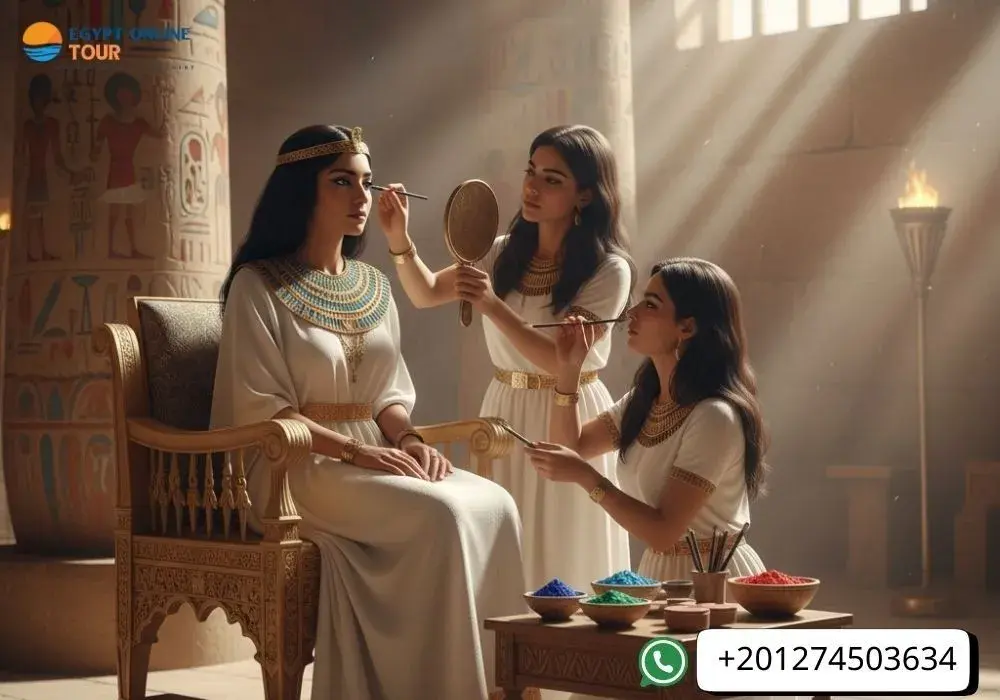
Cosmetics were a crucial part of life for both men and women in ancient Egypt, and pharaohs were no exception.
- They famously used kohl, a black paste applied around the eyes, not just for aesthetic appeal but for practical reasons. It served as a form of sun protection, reduced glare from the desert sun, and was believed to have antibacterial properties that could ward off eye infections.
- In addition, malachite eye shadow, a vibrant green powder made from a copper mineral, was a popular cosmetic. Its primary purpose was aesthetic, but it also had a practical function, as the makeup was believed to have medicinal properties that could ward off eye infections.
Discover the rich symbolism and regal elegance behind ancient Egypt’s rulers in What Did Egyptian Pharaohs Wear , a fascinating dive into the fashion of divine kingship.
Unique Training and Education of Pharaohs
The education of a pharaoh began from a very young age and was incredibly comprehensive. It went far beyond political and military strategy and included a wide range of subjects essential for governing a complex civilization.
- Writing and Language: Mastering hieroglyphics and other scripts.
- Mathematics: Essential for managing state resources, taxes, and construction projects.
- Astronomy: Used for creating calendars, navigating, and understanding religious cycles.
Medicine and Religion: Trained in healing practices and the intricate rituals required to maintain cosmic order.
Fun Facts About pharaohs
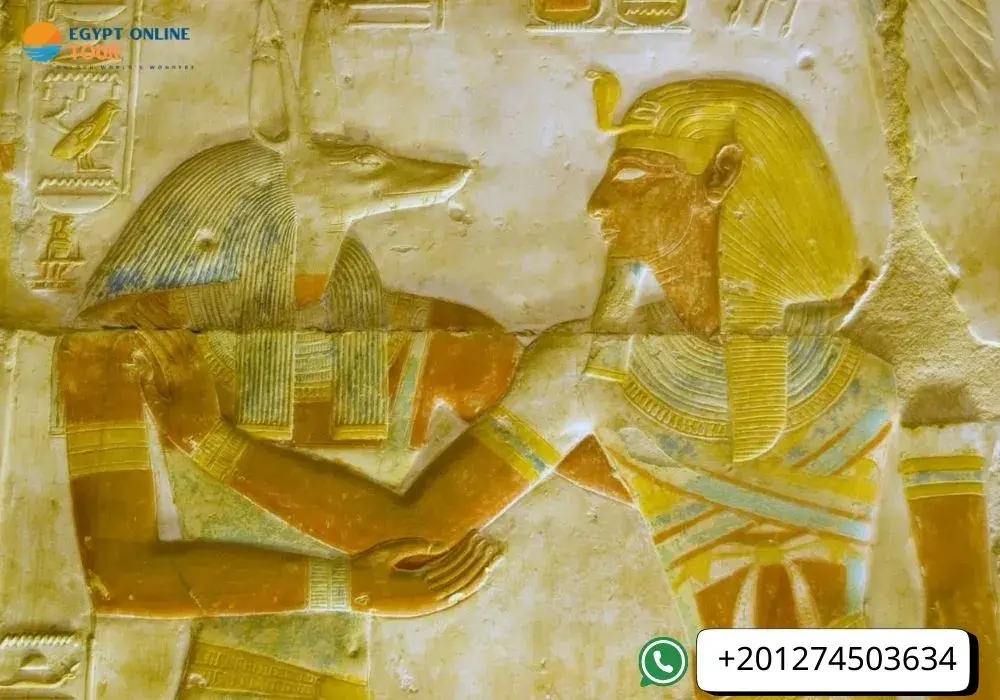
Beyond the serious matters of state and religion, the lives of the pharaohs were filled with intriguing and sometimes strange details. These fun facts provide a more entertaining look into the world of ancient Egyptian royalty.
Strange Beliefs and Myths About Pharaohs
The ancient Egyptians held many unusual beliefs about their rulers. For instance, it was widely believed that the pharaoh was a direct link to the gods and that his presence was essential for the prosperity of the entire land. One peculiar myth held that the pharaoh’s saliva could cure illness, leading people to believe they could be healed by his touch.
Ancient Egypt’s history is filled with remarkable rulers whose lives were as dramatic as their monuments. These pharaohs left an indelible mark on history not just through their power, but through the unique circumstances of their reigns.
- Tutankhamun: Known as the "Boy King," Tutankhamun's fame is largely due to the discovery of his nearly intact tomb in 1922. The incredible wealth of artifacts found within it gave the world an unprecedented glimpse into the life of a pharaoh.
for more information read Facts About King Tut .
- Akhenaten: He attempted a radical religious revolution, abandoning the traditional pantheon of gods to worship only one god, Aten. His reign was controversial and short-lived, but it remains one of the most unique periods in ancient Egyptian history.
Female Pharaohs Who Changed History
While pharaohs were typically male, several women rose to power and ruled Egypt with great authority.
- Hatshepsut: She was one of the most successful pharaohs, ruling for over 20 years. To assert her authority, she often had herself depicted in male attire, including a false beard, and commissioned numerous temples and monuments.
- Nefertiti: Though she may not have ruled alone, Nefertiti was one of the most powerful queens in ancient history. Her famous bust is a symbol of ancient Egyptian beauty, and she played a significant role in her husband Akhenaten's religious changes.
Explore the legacy of ancient Egypt’s most beloved queen in Queen Nefertari , a powerful portrait of beauty, diplomacy, and royal influence during the reign of Ramesses II.
Unbelievable Facts About pharaohs’ Tombs
The pharaohs’ obsession with the afterlife is perhaps the most defining feature of their civilization. Their tombs were not just burial sites but intricate houses for the soul's eternal journey, filled with secrets and incredible craftsmanship.
How Pharaohs Prepared for Death and the Afterlife
Pharaohs believed that death was merely a transition to the next life, and preparation for this journey began the moment they ascended the throne. A pharaoh's tomb was designed to be a comfortable home in the afterlife, complete with all the possessions they would need from furniture and food to jewelry and even pets.
Secrets Hidden Inside the Pyramids
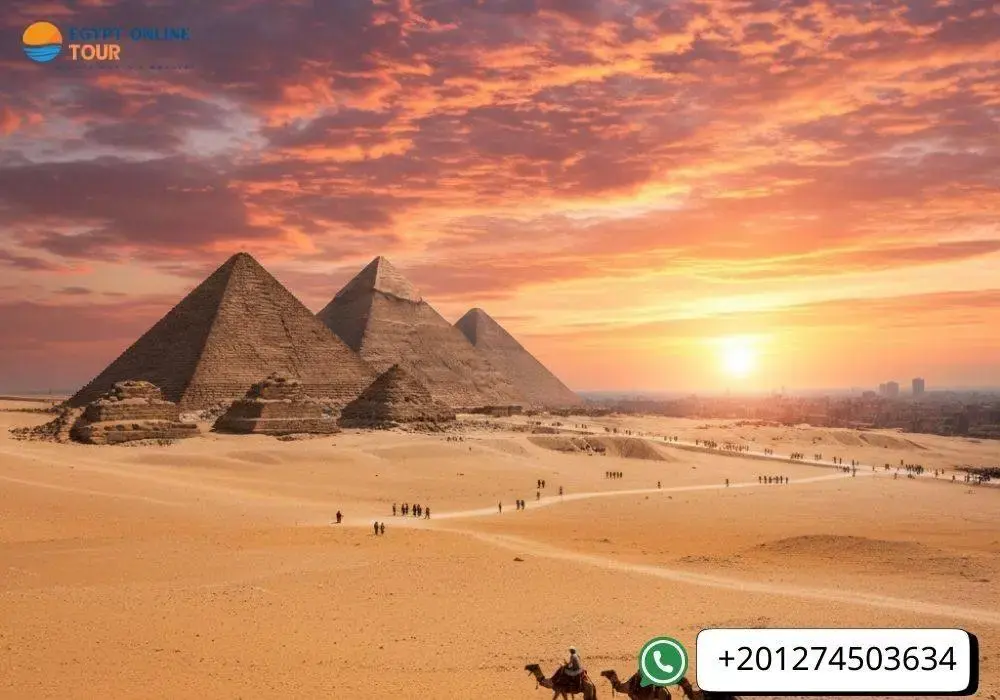
The pyramids and other royal tombs were built with astonishing ingenuity, often containing clever security measures designed to deter grave robbers. These measures included:
- False Passages: Intricate corridors that led to dead ends or false burial chambers.
- Sealing Systems: Complex systems of massive sealing stones and granite plugs to block access.
- Hidden Chambers: The actual burial chambers were often concealed behind massive walls to prevent discovery.
The Mystery of Pharaohs’ Mummies
The process of mummification was a sacred and complex ritual that could take up to 70 days. The goal was to preserve the body so that the soul (ka) could recognize it and return to it in the afterlife. The key steps of this process were:
- Preservation: The body was carefully preserved using salt and other materials.
- Organ Removal: Organs were removed and placed in special containers called canopic jars.
- Wrapping: The entire body was meticulously wrapped in hundreds of feet of linen bandages.
Era | Funerary Architecture |
Early Dynastic Period | Mastabas (mudbrick tombs). |
Old Kingdom | The iconic smooth-sided pyramids of Giza. |
New Kingdom | Rock-cut tombs in the Valley of the Kings. |
Discover mind-blowing engineering, cosmic alignments, and royal mysteries in Facts About Ancient Pyramids in Egypt , a fascinating look at the secrets behind these timeless wonders
Interesting facts about pharaohs’ Legacy
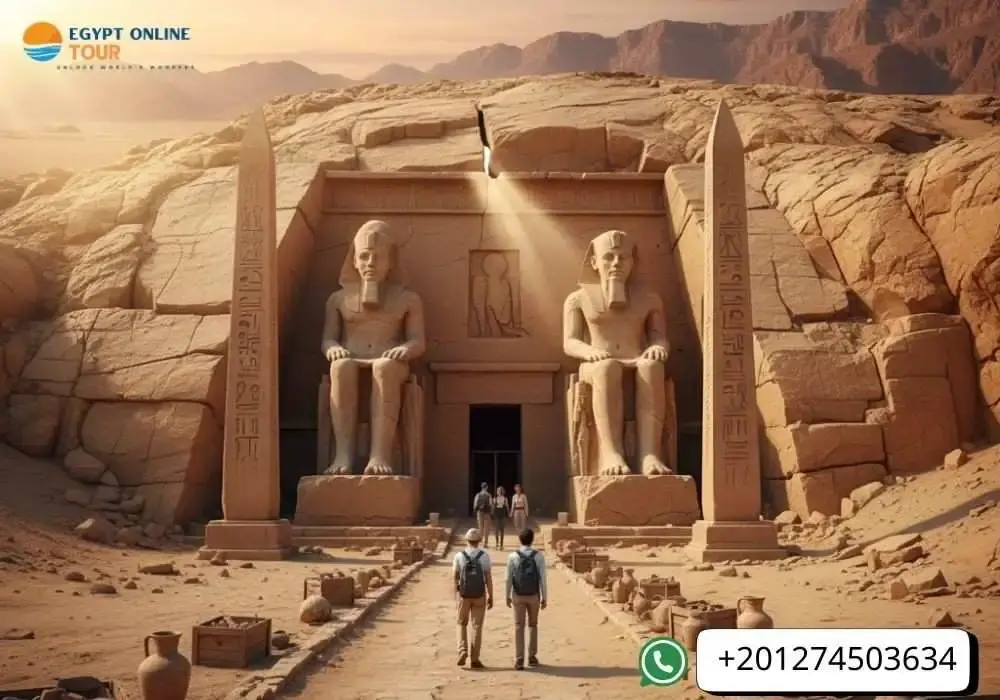
The reign of the pharaohs may have ended thousands of years ago, but their influence is still felt strongly today. Their legacy is not confined to the history books; it is a living part of modern culture and continues to inspire awe and wonder across the globe.
Contributions to Architecture and Art
The most enduring legacy of the pharaohs is their magnificent architecture and art. The sheer scale and precision of the pyramids, temples, and obelisks set a standard for monumental construction that has rarely been matched. Their artistic conventions have influenced countless generations of artists and designers.
How Pharaohs Influenced Modern Culture
The mystique of the pharaohs has a powerful grip on the modern imagination. Their stories and imagery are a popular theme in:
- Movies and Television: Adventure films like "The Mummy."
- Literature: Historical fiction and fantasy novels.
- Video Games: Settings and characters in numerous games.
- Fashion and Art: Egyptian motifs and aesthetics in modern design.
Why Pharaohs Still Attract Tourists Today
For millions of people, a trip to Egypt is a pilgrimage to the land of the pharaohs. The pyramids of Giza and the Valley of the Kings are not just historical sites; they are a direct link to a past filled with power, mystery, and unparalleled human achievement. This enduring sense of wonder is why the legacy of the pharaohs remains a top attraction for tourists from all over the world.
Discover the mystery of Egypt in 10 Days Cairo, Aswan, Luxor & Hurghada Overland Tour .
Egypt Online Tour: Your Gateway to Ancient Wonders
Reading facts about pharaohs and their magnificent history is only the beginning. The true magic lies in walking through the very temples and tombs where they ruled, and standing in the shadow of the pyramids they built. At Egypt Online Tour, we specialize in making this journey a reality by offering a comprehensive service that goes beyond just a tour.
Our services are designed to bring the history of the pharaohs to life, providing you with:
- Expertly Crafted Tours: Tailored to your interests, from historical sites to modern culture.
- Knowledgeable Guides: Who can uncover the secrets and stories behind every monument.
- Seamless Logistics: We handle all booking and travel details for a stress-free experience.
- A Safe & Comfortable Trip: Your safety and comfort are our top priorities from start to finish.
Your journey into history is waiting. Visit our Egypt tour packages to explore our wide range of tour packages and book your unforgettable trip today.
Let our local travel experts help you design the perfect itinerary. Whether you're seeking adventure, culture, or relaxation, we've got you covered!
Conclusion
From their divine origins to their enduring legacy, the world of the pharaohs is a captivating blend of history, myth, and human ingenuity. The facts about pharaohs reveal a civilization obsessed with eternity, where rulers were both gods and mortals, and their every action was meant to maintain the cosmic order.
Their tombs, art, and monuments are not just relics of the past; they are a testament to an incredible culture that continues to shape our world. For anyone with a curious mind, the best way to uncover the secrets of the pharaohs is to walk in their footsteps. We invite you to explore this living history with Egypt Online Tour, where your journey into the past awaits.
Frequently Asked Questions
1 Who was the most famous pharaoh? ▶
2 How long did the pharaonic era last? ▶
3 What is the difference between a pharaoh and a king? ▶
4 Is it safe to visit the pyramids and tombs today? ▶
Popular Categories
Popular Posts

Top Alexandria Beaches You Must Visit 2026
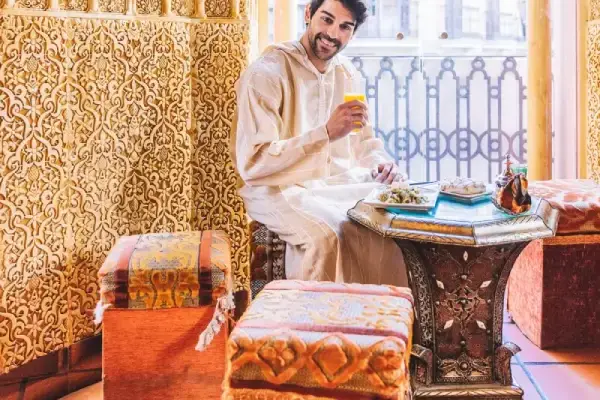
What are the important holidays in Egypt?
